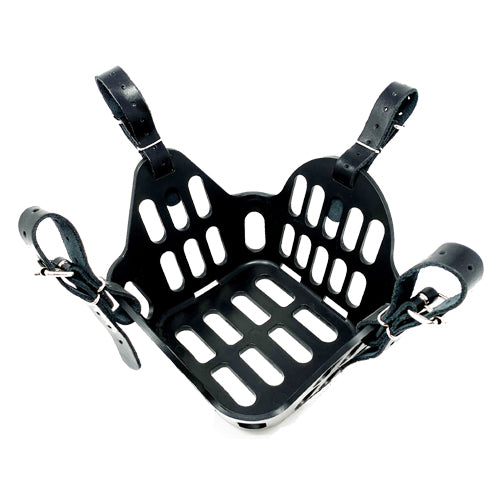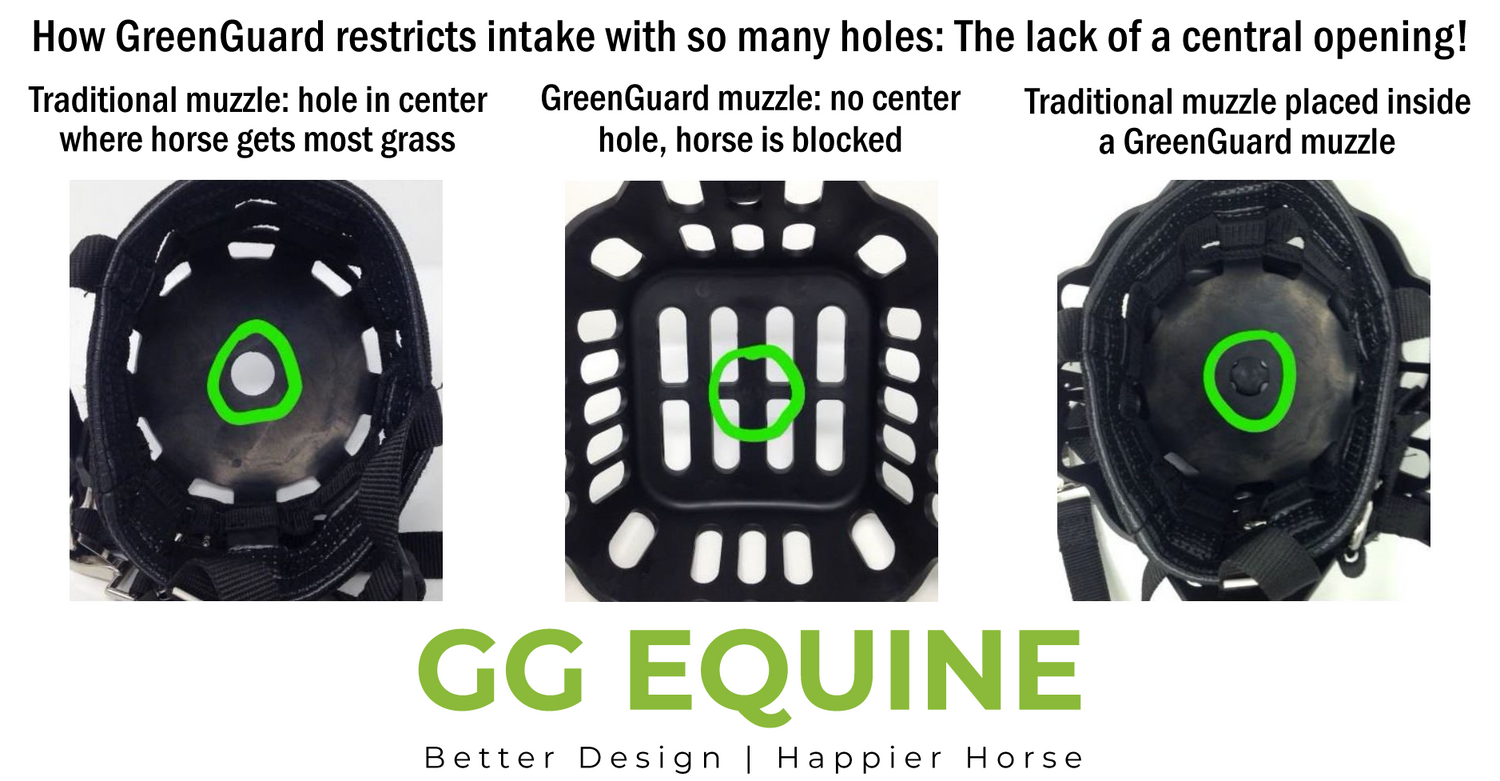GreenGuard Grazing Muzzle
- Regular price
-
$ 99.95 USD - Sale price
-
$ 99.95 USD
Couldn't load pickup availability
GreenGuard Grazing Muzzle
Protect Now, Prevent Later: The Innovative Open-Design Grazing Muzzle for Horses
Help your horse thrive with the GreenGuard Grazing Muzzle, the ultimate slow-feed solution trusted by horse owners and professionals worldwide. Designed to reduce grass intake without restricting natural behavior, this innovative muzzle promotes better health, comfort, and peace of mind.
Helps Prevent Laminitis, Obesity, and Metabolic Issues
Reduces forage intake to help prevent laminitis, EMS, and other weight-related issues.
Supports Natural Behavior and Mental Well-Being
Let horses safely enjoy turnout and socialize with their herd.
Breathable, Lightweight Design
Open-grid design allows easy breathing, drinking, and airflow—even in warm weather.
Built to Last – Safe & Durable
Made from tough, food-grade material with a 1-year warranty.
Fits Securely on Most Halters
Attaches to most halters. For best results, pair with the GG Equine Breakaway Halter (sold separately).

Give your horse the freedom to graze safely and live well. Prevention starts today with GreenGuard.



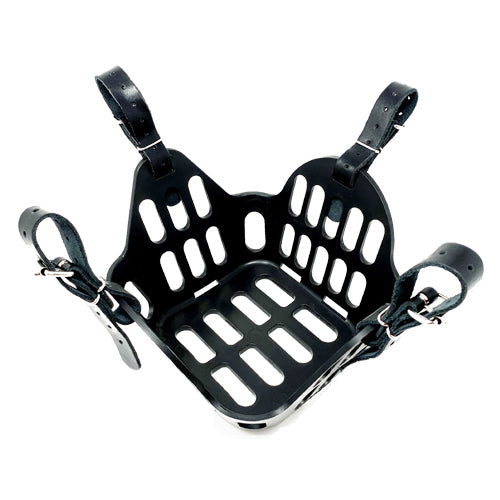
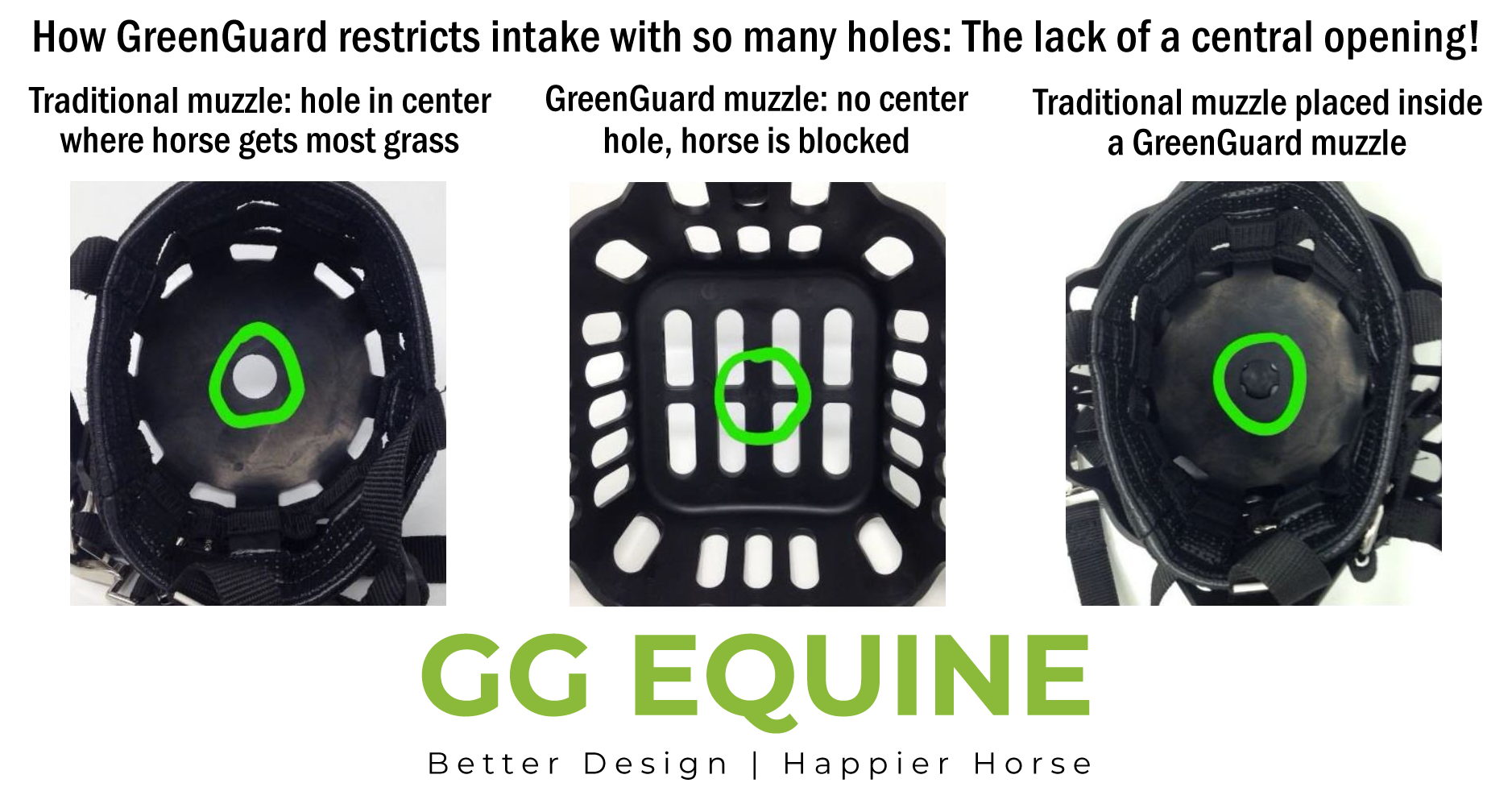
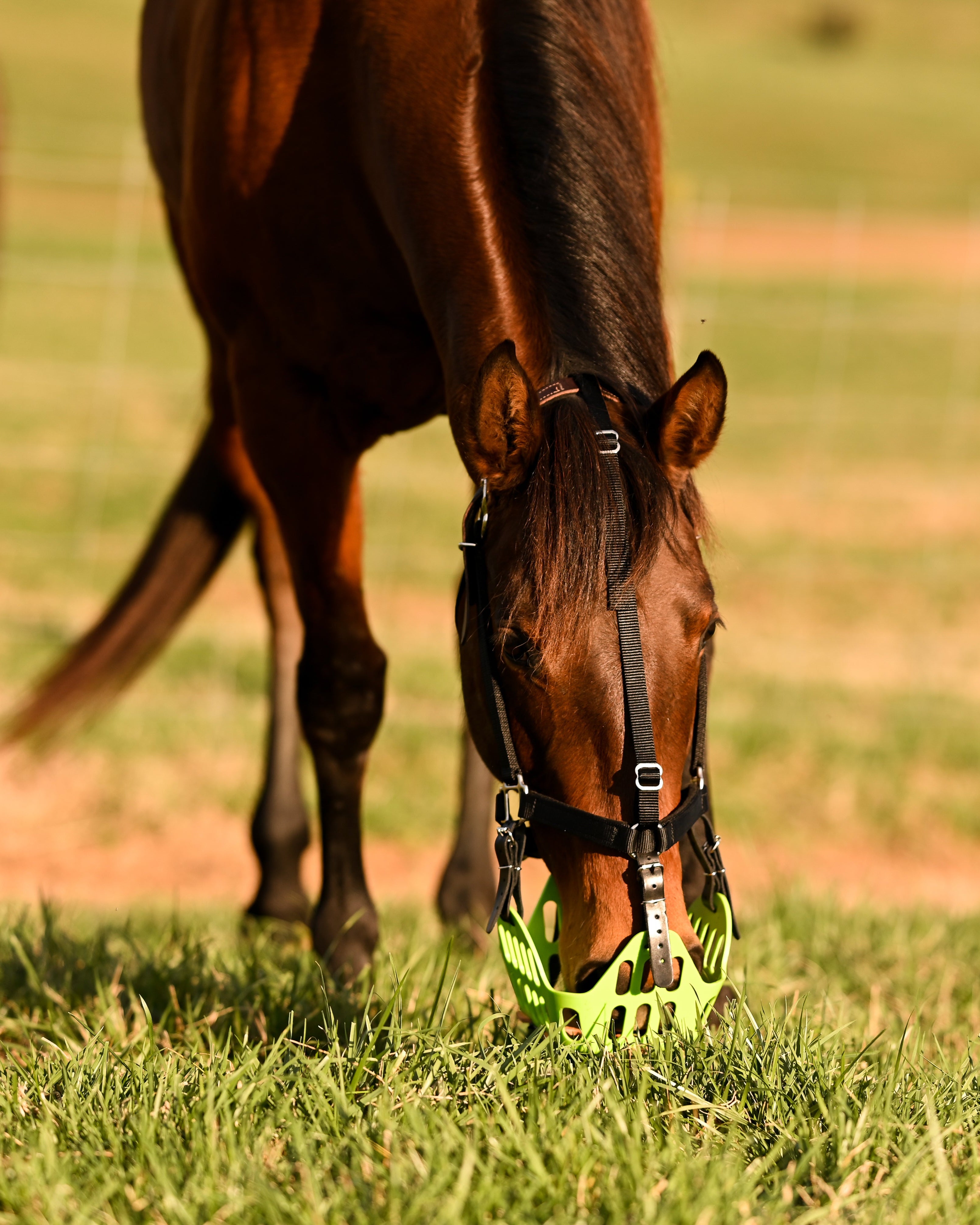

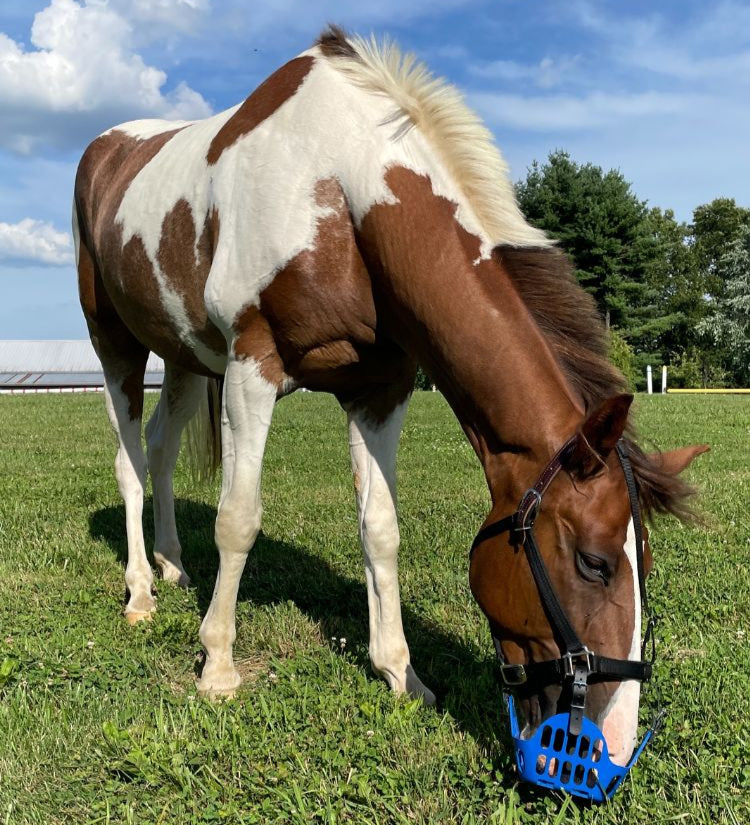
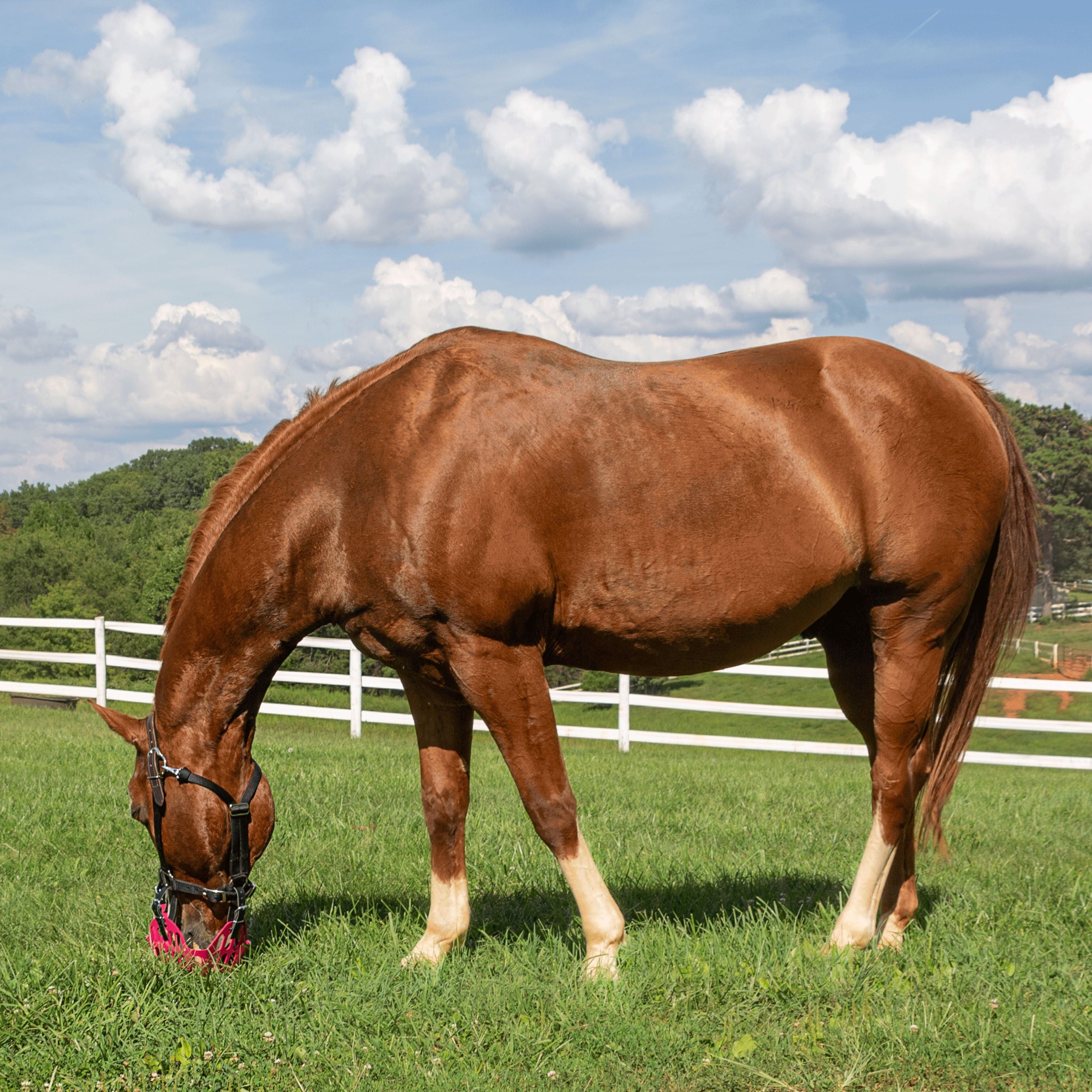
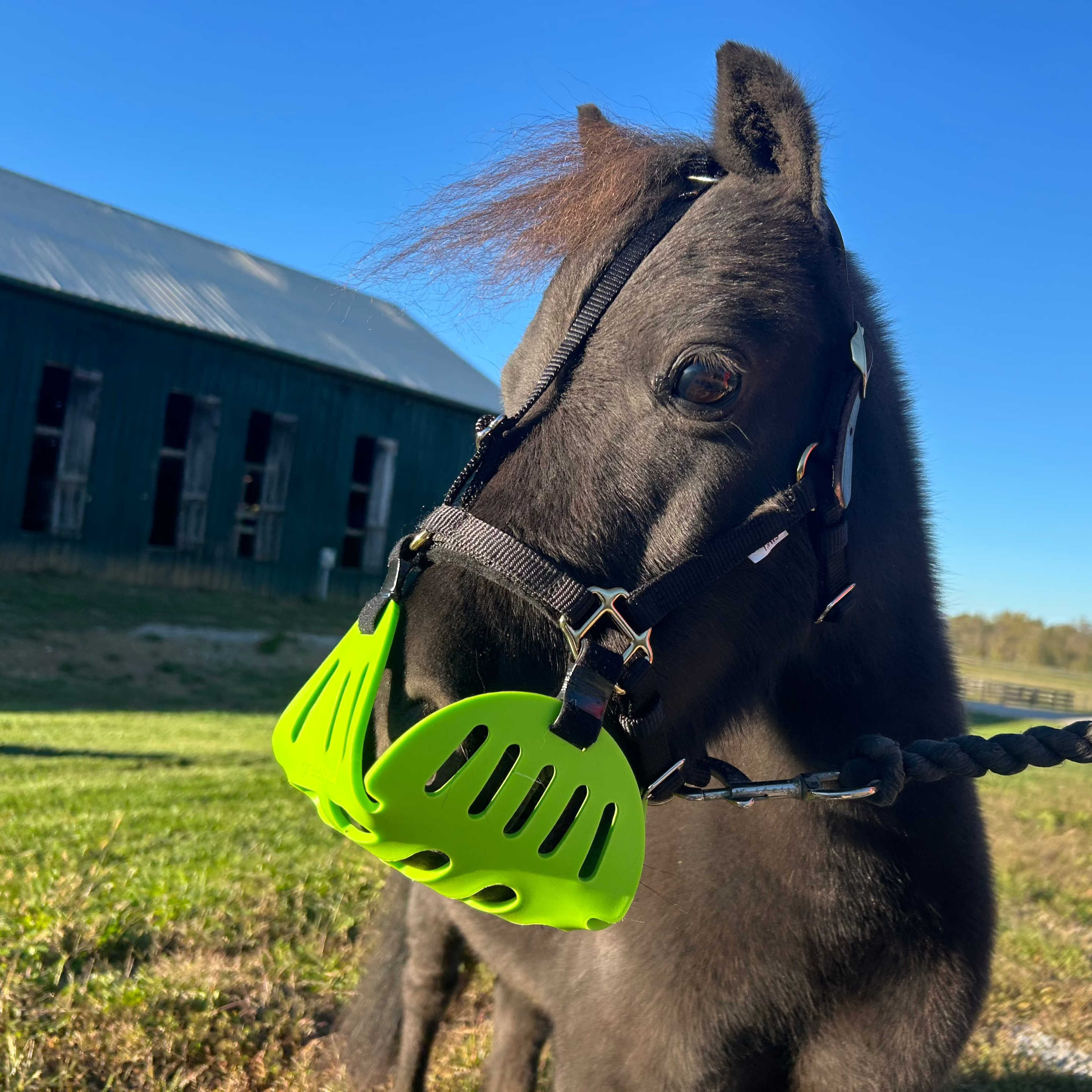

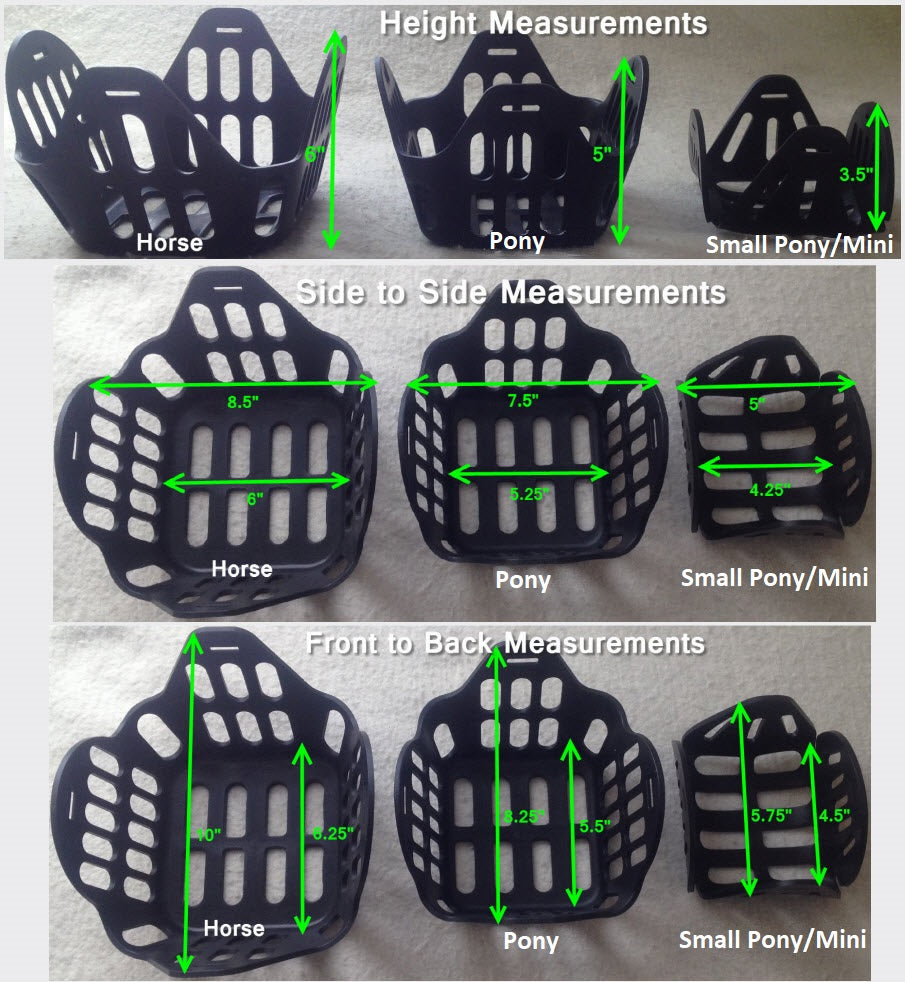
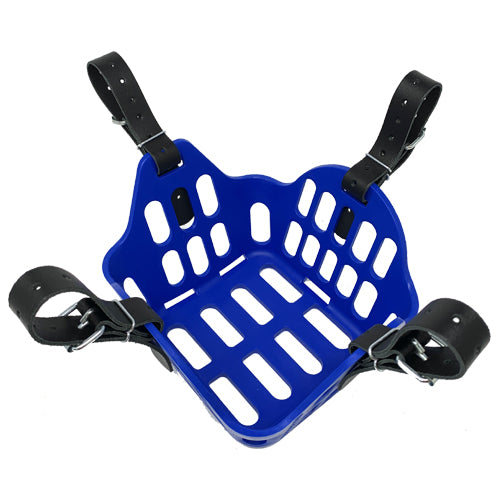
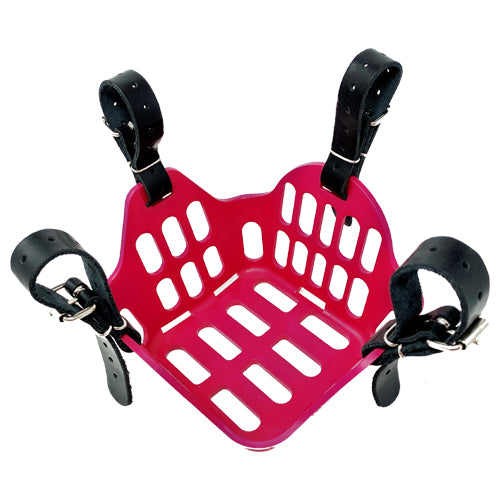
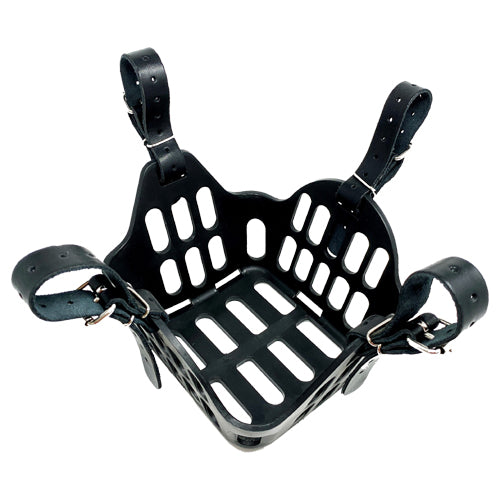
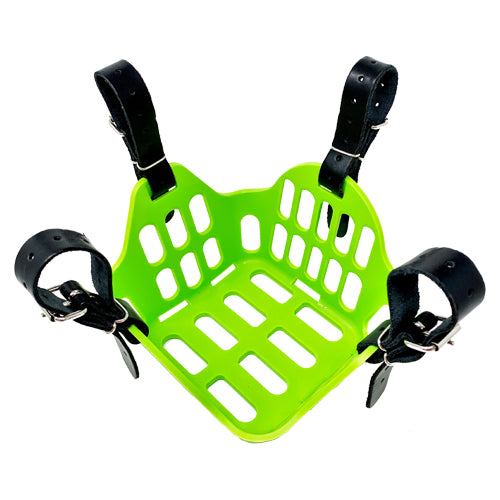
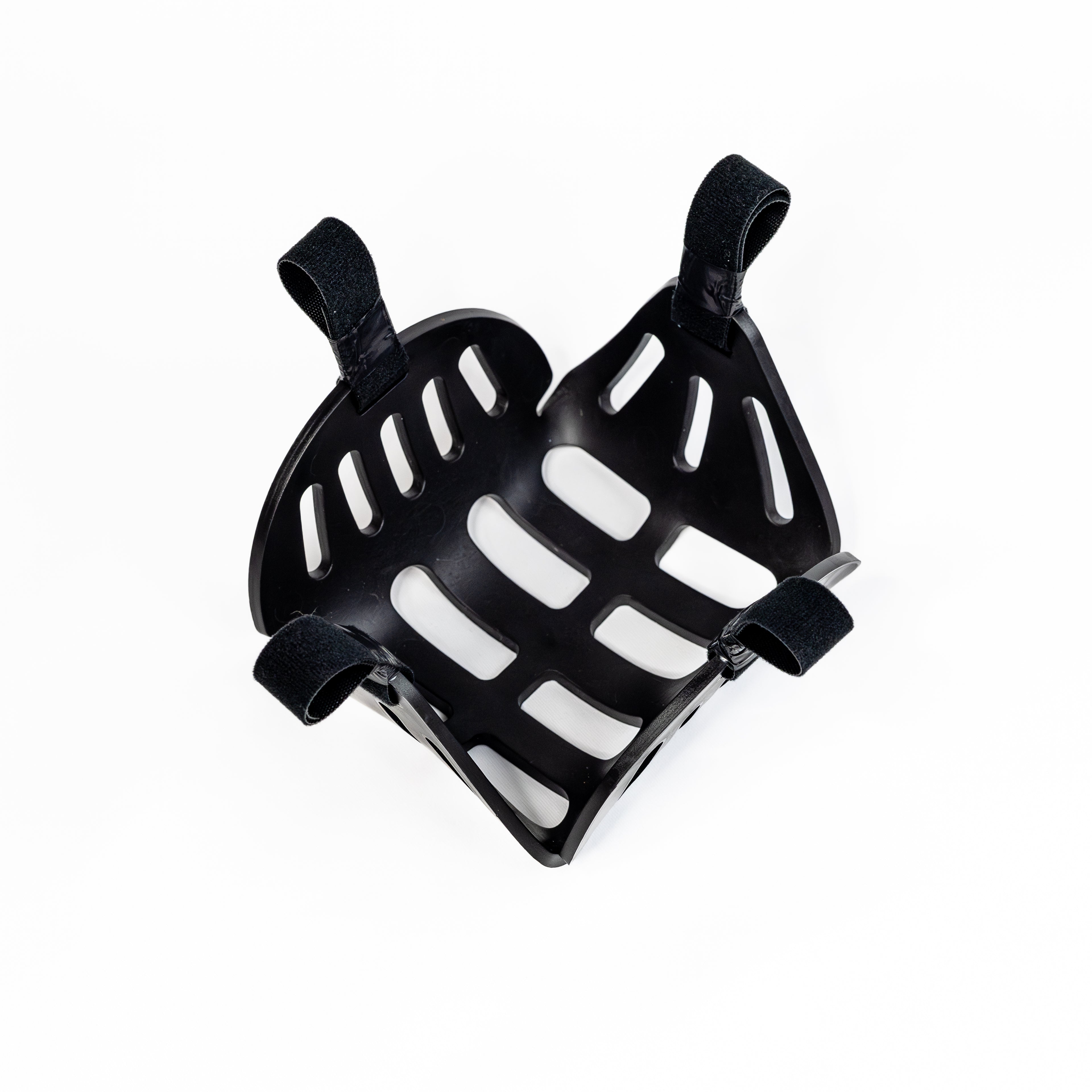
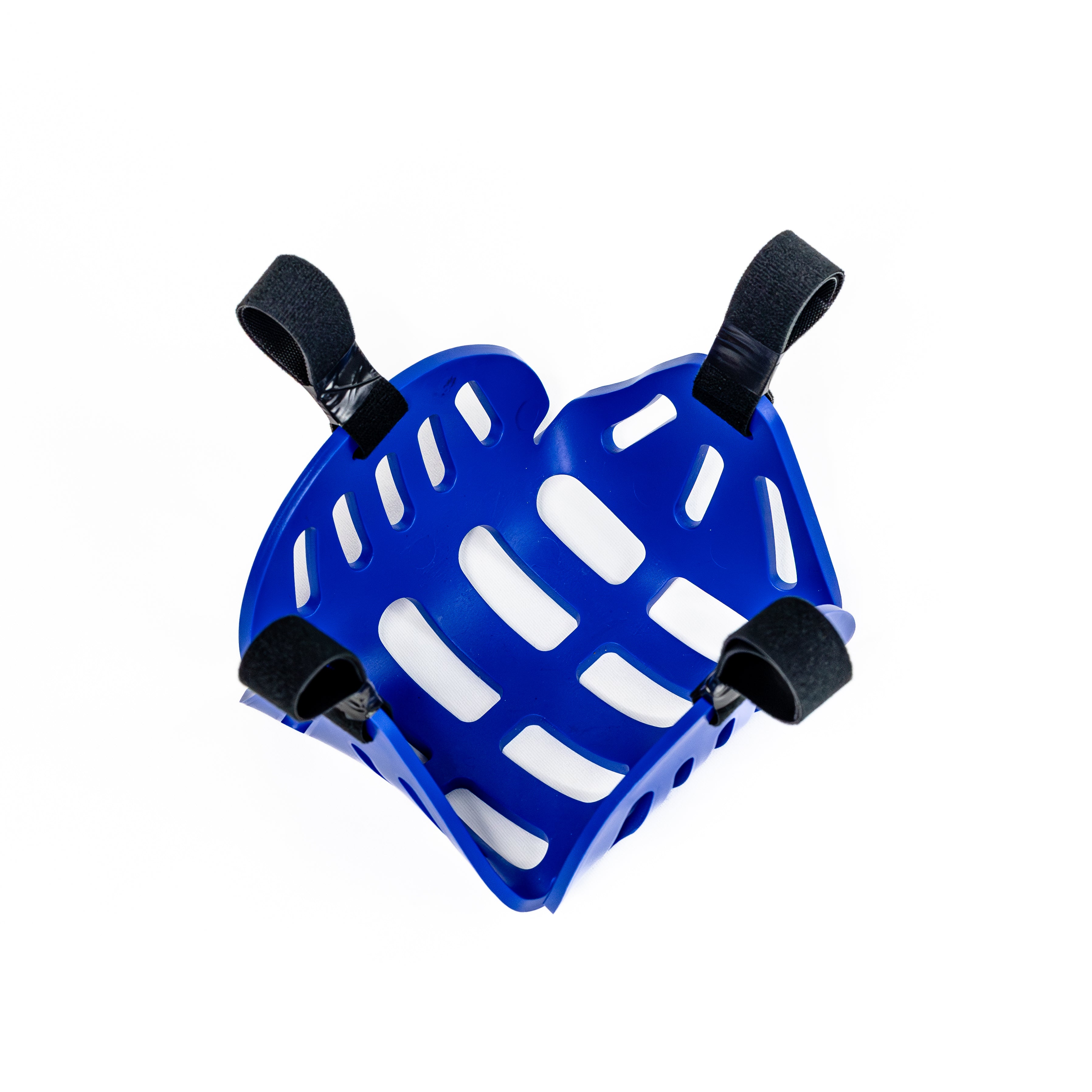
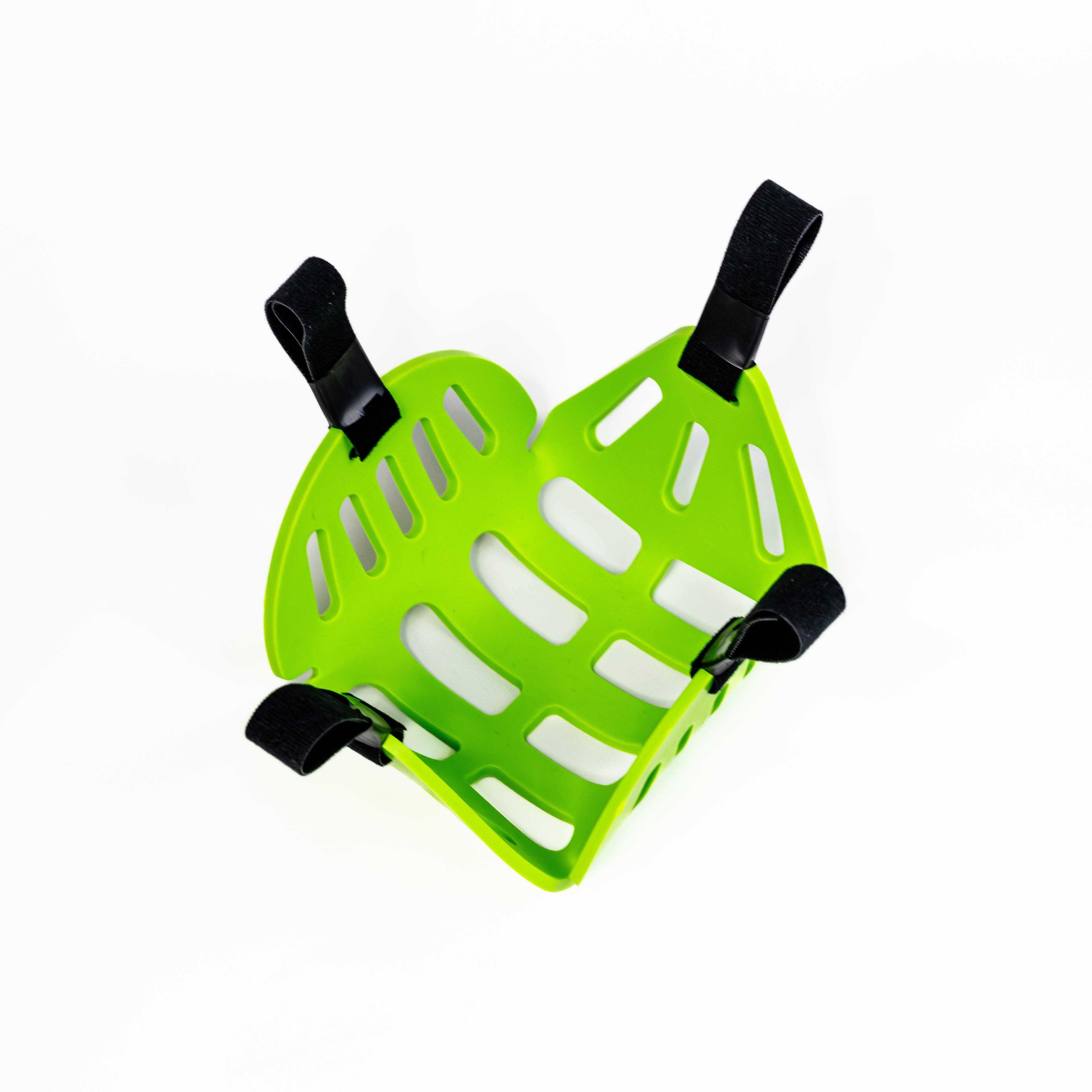
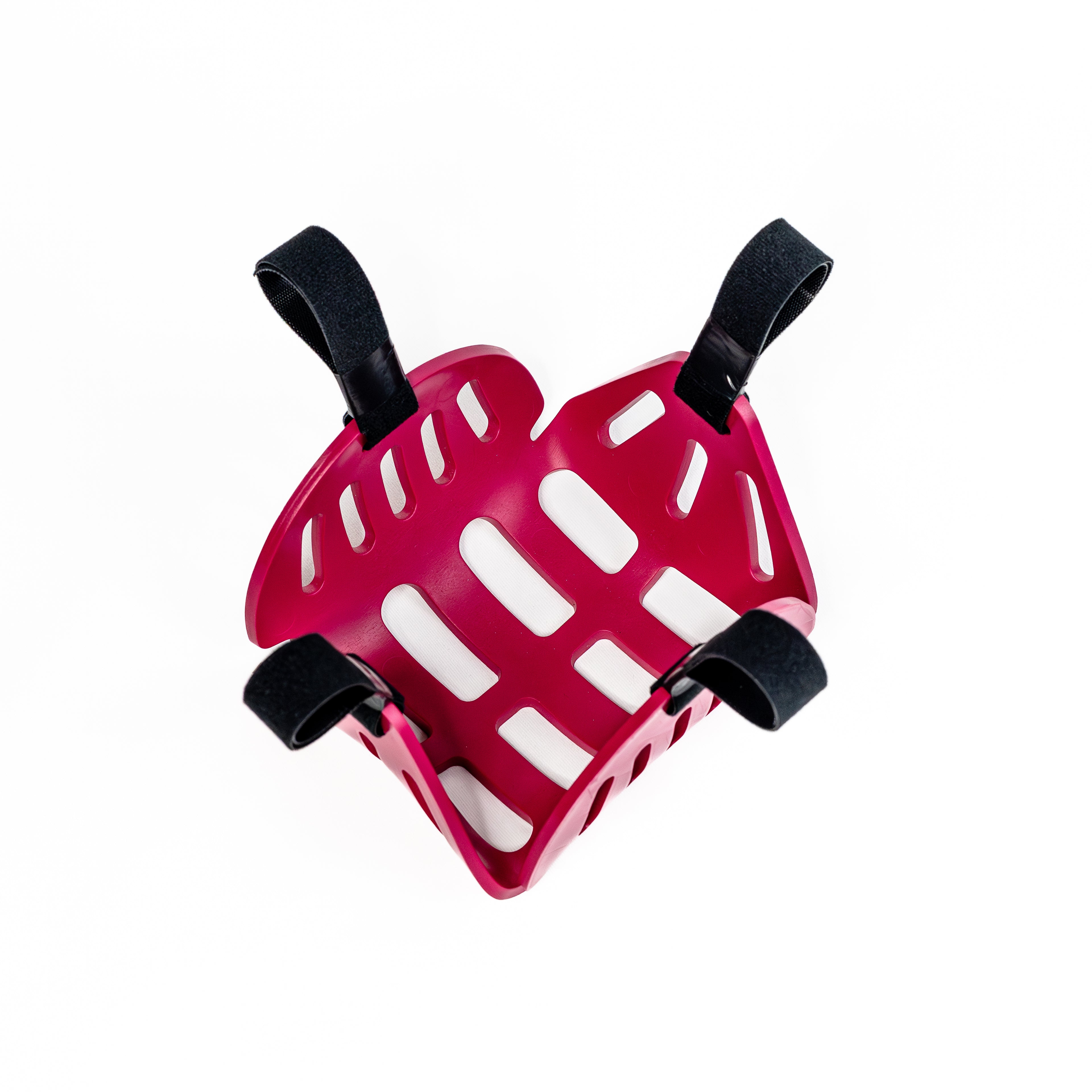

GreenGuard Grazing Muzzle
- Regular price
-
$ 99.95 USD - Sale price
-
$ 99.95 USD
My horse is tough to fit and hard on muzzles. This is the only one that works and they even replaced one that broke. Most of our barn uses them during lush grass season.
Despite the roomy design, my horse has gotten rubs where the hard plastic meets the bottom jaw. I’ve added some fleece padding to it in order to alleviate the rubbing.
My horse is insulin resistant and he has a tendency to gain a lot of weight. He's been wearing a greenguard muzzle now for about seven years, with great success. I purchased a second muzzle not long ago to have as a backup, in case straps break and I need to do repair work on the muzzle he's wearing. I've also recommended GG to friends, two of whom have purchased muzzles also.
If you need to muzzle - go Greenguard!
Product was as promised and delivered quickly. This muzzle is the only one that holds up for our horse!
My borderline laminitic mare lives on pasture, no dry lot or stalls. Laminitis was a real possibility. I tried every other design and she hated them. With the GG muzzle and halter I have a happy mare. She actually drops her head into the halter and muzzle because it means she can go out. Thank you for your wonderful product.





